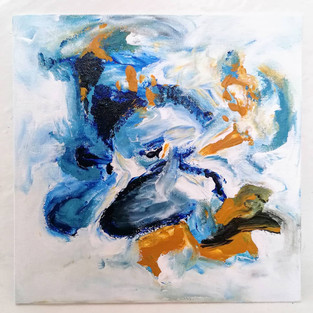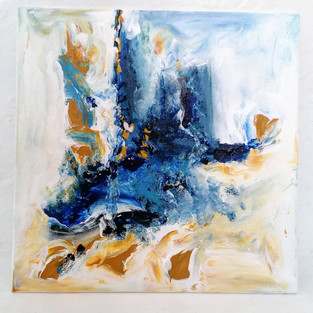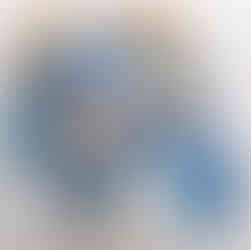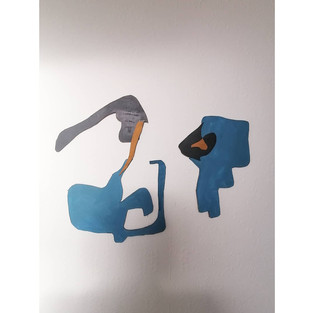- Astrid Turner

- Jan 17, 2021
- 1 min read
I completed this series shortly after the John Knox Street works. Again, as I question traditional painting methods, I was thinking about what surface to move onto. I still hadn't cracked it at this stage. But a thought did occur, why am I using paintbrushes? Instead, the brushes were put away to the side and I started using my fingers.
Upon my research I came across the artist Mark Wallinger and his 2016 exhibition, 'ID'. Wallinger uses his hands and arms to create Rorschach-inkblot-style works. Claiming in an interview for the New York Times, 'You think of working with the hand as quite crude, but you can do a lot more with it and take a mark a lot further than you can with a loaded brush.' (2016).
I was having a similar thought process whilst working on this series. I was happy to come across this artist. Although, he uses this method as a form of self portraiture, to represent the self. Whereas I am using it to in as a response to the method of psychogeography. Since they were taken from my walking drawings again.
I did believe I had more control over my colours as opposed to my brushes. I think there's definitely better mark making here in comparison to my other works. There's more control and depth.
ID, (2016), 26th Feb - 7th May 2016, Hauser & Wirth, London.
Judah, H. (2016). How One Contemporary Artist Got Addicted to Finger Painting. Available: https://www.nytimes.com/2016/02/25/t-magazine/art/mark-wallinger-hauser-wirth-london.html. Last accessed 17th Jan 2021.


































